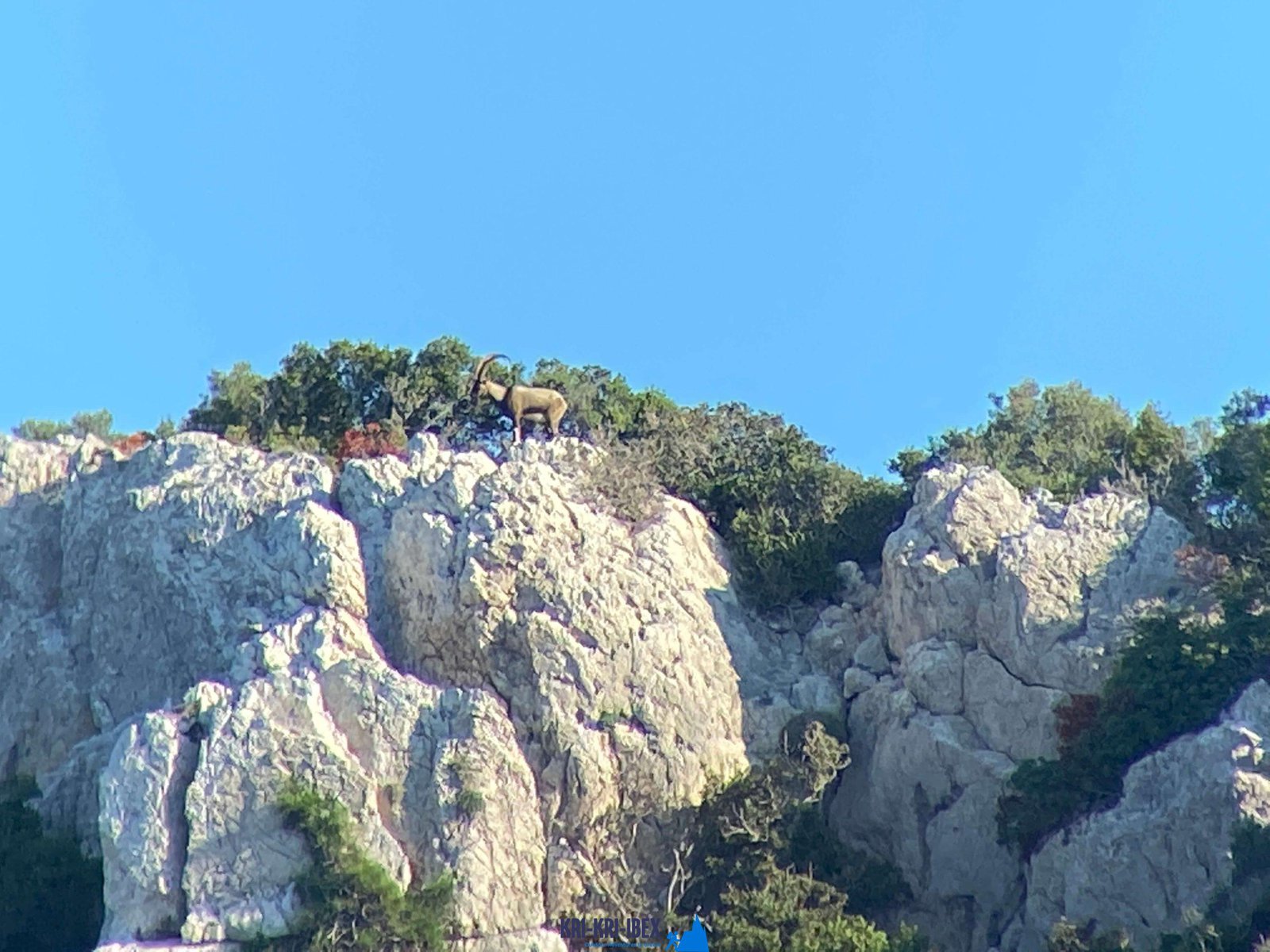
The Kri Kri ibex quest in Greece is an amazing searching getaway and an interesting hunting expedition all rolled into one. Hunting for Kri Kri ibex is a miserable experience for the majority of hunters, however except me! It's an incredible hunt for a gorgeous Kri Kri ibex on an unique island as we explore ancient Greece, dive to shipwrecks, as well as hunt throughout five days. What else would you such as?

The hunt for kri-kri ibex on the island of Sapientza can be a hard and challenging one. The ibex live in tough, steep surface with sharp, jagged rocks that can quickly leave you without shoes after only 2 trips there. Capturing a shotgun without optics can likewise be a difficulty. The search is absolutely worth it for the possibility to bag this magnificent pet.
What to Expect on a Peloponnese Tour? When you book one of our hunting and touring Peloponnese Tours from Methoni, you can expect to be blown away by the all-natural beauty of the location. From the excellent beaches to the mountains and woodlands, there is something for every person to enjoy in the Peloponnese. Furthermore, you will have the chance to taste several of the best food that Greece needs to provide. Greek cuisine is renowned for being fresh as well as scrumptious, and you will most definitely not be disappointed. Among the best parts about our trips is that they are developed to be both fun and instructional. You will certainly learn more about Greek background as well as culture while also getting to experience it firsthand. This is an incredible chance to submerse yourself in everything that Greece needs to offer.
So if you are searching for a genuine Greek experience far from the stress of tourism then look no further than Methoni in The Peloponnesos! Our exterior searching for Kri Kri ibex, angling, totally free diving and also exploring Peloponnese trips from Methoni are the ideal means to discover this attractive area at your very own pace with like minded people. Get in touch with us today to reserve your place on one of our tours.
What is the diference between Kri Kri ibex, Bezoar ibex and hybrid ibex
The kri-kri is not thought to be indigenous to Crete, most likely having been imported to the island during the time of the Minoan civilization. Nevertheless, it is found nowhere else and is therefore endemic to Crete. It was common throughout the Aegean but the peaks of the 8,000 ft (2,400 m) White Mountains of Western Crete are their last strongholds–particularly a series of almost vertical 3,000 ft (900 m) cliffs called ‘the Untrodden’—at the head of the Samaria Gorge. This mountain range, which hosts another 14 endemic animal species, is protected as a UNESCO Biosphere Reserve. In total, their range extends to the White Mountains, the Samaria National Forest and the islets of Dia, Thodorou, and Agii Pandes.
This Ibex is NOT a diminutive form of the Bezoar Ibex, which has migrated into the western-most reach of the range of this species. The kri – kri (Capra aegagrus cretica), sometimes called the Cretan goat, Agrimi, or Cretan Ibex, is a feral goat inhabiting the Eastern Mediterranean, previously considered a subspecies of wild goat. The kri-kri has a light brownish coat with a darker band around its neck. It has two horns that sweep back from the head. In the wild they are shy and avoid tourists, resting during the day. The animal can leap some distance or climb seemingly sheer cliffs.
“The agrimi goat Capra aegagrus cretica is unique to Crete and its offshore islands. It has been identi®ed as a sub-species of the wild bezoar goat Capra aegagrus aegagrus Erxleben, 1777, which it closely resembles in horn shape, body form and coloration. This classi®cation has been disputed by some researchers who claim that the agrimi are feral goats, derived from early domestic stock brought to the island by the ®rst Neolithic settlers. In order to clarify this issue, DNA analyses (cytochrome b and D loop sequences) were carried out on tissue of live and skeletonized agrimi and compared to sequences of wild and domestic caprines. Results conclusively show the agrimi to be a feral animal, that clades with domestic goats (Capra hircus) rather than with wild Asiatic bezoar. This study demonstrates that morphometric criteria do not necessarily re¯ect genetic af®nities, and that the taxonomic classi®cation of agrimi should be revised.”